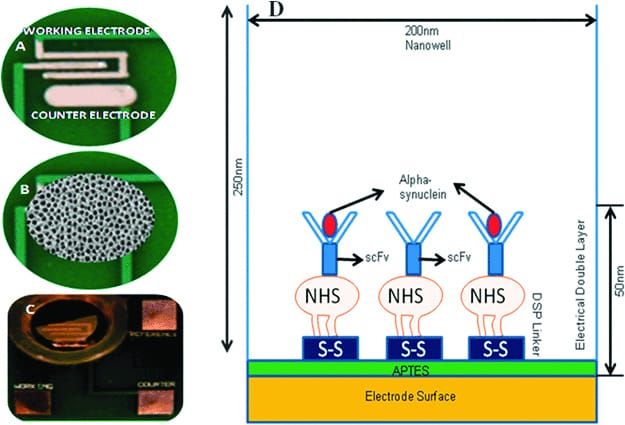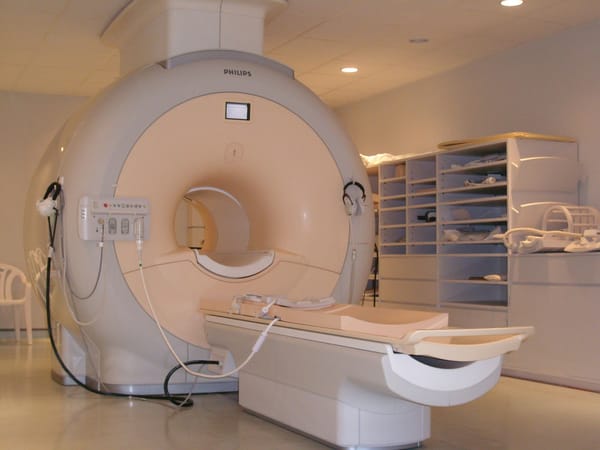New milestones reached in fight against Alzheimer’s
Philip Kent looks at the latest Alzheimer’s research

Alzheimer’s is an as-yet incurable disease that accounts for the majority of cases of dementia. A characteristic symptom of people with Alzheimer’s is memory loss, with the person affected gradually becoming increasingly forgetful; unable to remember their own identity, and eventually, complete unresponsiveness in its later stages. This is amongst many other symptoms.
A common misconception is that Alzheimer’s is a genetic disorder. Whilst there are many cases where a malformed chromosome can cause the disease to develop (often in earlier ages than other sufferers), this only accounts for very few cases. Scientists are currently unsure on the exact causes of the majority of the cases, which generally develop after the age of 65.
This is an incredibly saddening thing to happen to anyone, but luckily two new pieces of research may help in the quest to find a cure for this disease.
Detection
In the minority of cases, Alzheimer’s is caused by genetics, making it hard to identify whether a person will suffer in later life. Current techniques involve a number of tests (which also ensure that the patient has Alzheimer’s, and not a different form of dementia); but before these tests are done, deterioration to the patient’s mind, as well as a proactive step of actually going to the doctor, must already have taken place. Luckily these tests have up to 90% accuracy.
However, new research from the United States can help to improve both the time and accuracy of detection. This works through use of a biosensor, a device that interfaces between biological and electrical systems. When the compound under investigation reacts with the biosensor on its catalytic zone, an electrical signal is generated that can be investigated.
In this development by a team lead by Shalini Prasad from the University of Texas, a biosensor has been developed that can measure the concentration of a number of proteins which have been linked to diseases such as Alzheimer’s and Parkinson’s. These proteins bind onto nanobodies (not dissimilar to antibodies), causing a change in capacitance in an electrical layer. Prasad’s team found that the change in capacitance is linked to the concentration of the antibody under investigation. These proteins build up in fluid that surrounds the brain, which can be extracted and analysed. The extracted fluid is applied to the biosensor, which can detect even very small concentrations of the problematic proteins. This is an improvement over existing methods – Prasad told the RSC’s Chemistry World that they aren’t as sensitive. With the old methods, it isn’t possible to detect whether a patient is likely to suffer from Alzheimer’s (or Parkinson’s) from such an early stage.
So far, scientists have only tested samples of the fluid obtained post-mortem, but thanks to the high sensitivity of the new technique, detection in samples obtained during the early stages of Alzheimer’s looks to be a possibility. Prasad’s team hopes to take part in clinical trials, which should give an indication as to how well it works as an early indicator.
Prevention
Drugs are available which slow down the progression of the disease, which means that people diagnosed with Alzheimer’s can still enjoy a good quality of life for a longer time – and this is only aided by early detection that may be made possible by this research. However, a drug to stop the development of the disease does not yet exist.
A new research project undertaken jointly by the Universidad de Antioquia in Colombia, and the Banner Institute from the United States may go some way to changing this. This study involves a group of people who are likely to develop Alzheimer’s, with drugs trials seeing if the progression of the disease can be stopped.
These subjects, of which there are 500, all originate from the Antioquia region of Colombia, and are all likely to develop the disease due to a genetic mutation. One of the researchers, Francisco Lopera, stresses that “what is useful in treatment and prevention of neurodegenerative disorders will be useful to those suffering from sporadic Alzheimer’s as well”. The subjects in this study are analysed using a PET scanner. A tracer is injected into the subject, where it travels to the brain and binds to the same protein in Prasad’s work. Therefore, the image built from the radiation released gives a very good image of the areas of the brain containing the protein.
The group has also got a set of drug candidates from previous tests in rats. After obtaining clinical approval, these drugs can be injected into the subjects, then retested via the PET scanner after a couple of years to see if the drug is effective in preventing the development of the proteins. This means that it is relatively quick to obtain a set of candidate drugs.
This method can also find drugs for other diseases, including Parkinson’s and Huntington’s. In addition to this, by analysing subjects who are in further stages of the disease, it may be possible to find drugs that stop or reverse the buildup of proteins. The group intends to do research in this area, as the massive trial being undertaken will yield immense amounts of useful information on how Alzheimer’s develops, and how drugs affect it. If a prevention drug is found, it can be given to subjects who will develop Alzheimer’s (by virtue of their genetics), and they can then be tested via this technique in their later years to see if the disease has been prevented.








